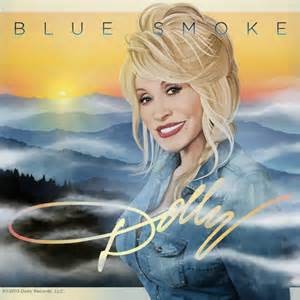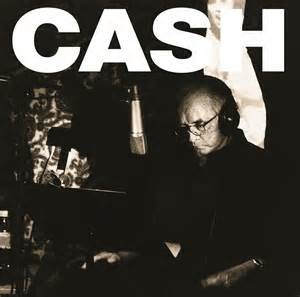This past Monday morning I turned on my TV as an attempt to mentally escape my online government class, and to my surprise I saw Darius Rucker on the screen. He wasn’t on CMT or another program about country music, but he was on ESPN’s Mike and Mike, something I thought was out of the ordinary. I remember seeing Rucker perform at the Houston Livestock Show and Rodeo in high school- and I know his cover of Old Crow Medicine Show’s “Wagon Wheel” was a huge hit- but since then I haven’t heard much about him, which left me to assume his popularity declined. Well, after watching him talk about sports, current events, and his own career, I gained some insight as to why Darius Rucker has been more popular in the media lately.
The following day after appearing on ESPN, Rucker released his fourth country album Southern Style, an album which he was excited to talk about with Mike Golic and Mike Greenberg. From this album, the single “Homegrown Honey” reached number one on the country music charts just last week. Originally, I thought his appearance was for him to self-promote his own album, as well as talking about his recent success, however as the interview went on I realized that this was not the case. The big announcement came when Rucker later stated that sometime in the near future Hootie and the Blowfish will reunite, and, in turn, the discussion of Southern Style faded away. While he admitted it may be a year before the band starts making music again, it seemed that the news of Hootie and the Blowfish’s comeback entirely trumped the release of his new country album and number one single. Hearing this raised the question, is Darius Rucker done with country music?
As much as I want him to continue making country music, it seems that he’s transitioning back to his rock roots. Darius Rucker has been the most prominent African-American figure in country music since Charley Pride, and it’s saddening to see him return back to rock. Although he has not has the success of people like Brad Paisley or Tim McGraw, Rucker has done well in transcending traditional boundaries of what is considered country, expanding the fan base of country music along the way. In a time of racial tension, Darius Rucker has been able to thrive as a black artist in a genre of music that primarily targets a white audience. Some of this success can be directly attributed to his likable personality, seen in his appearance on Mike and Mike. His quick-witted humor, cheerful disposition, and social nature were all exemplified throughout his interview, and I truly believe him going back to Hootie and the Blowfish is a loss for country music. Who knows, maybe with his recent success of Southern Style Rucker might change his mind about the move back to rock. I like Darius Rucker as a person and as an artist, so wherever he winds up I hope he does well. With that being said, I have my fingers crossed he doesn’t stop with country music altogether, as I think he has a potentially long career ahead of him.



